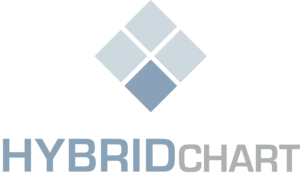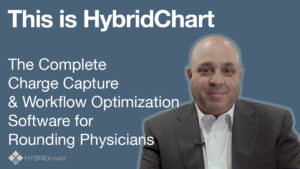The population health movement is designed to gather clinical, financial and operation information, and apply it towards improving outcomes for specific populations. The populations tend to be clustered by primary disease state. There are challenges to implementing such a noble and broad mission. Like any project involving data analytics, it is important to have the proper database in place to collect the data. Performing meaningful analytics and taking action on the results to improve outcomes is at the core of the population health dream.
There are numerous aspects that we (the American healthcare system) do quite well. The database is rich with financial data, and very superficial outcomes can be measured with claims data. There are unfortunate gaps in the workflow, which have hindered the progression and adoption of population health platforms. The first obvious deficiency is in data acquisition. We are using electronic health records and payer data to gather patient information, but this only gets us so far. The granularity required in terms of clinical information, especially when trying to measure different disease states, is lacking. Creating structured data collection tools is cumbersome, and getting providers to fill them out is almost impossible. So, we need workflow solutions that assist the providers in their daily activities – in other words, solutions that are welcomed and utilized – with the ability to extract data passively. Allowing dynamic data models, so that information can be tailored to the disease state, is essential. A real-time data feed of extracted and customized clinical information would fill the void of structured clinical data in the population health model.
Acting on analytical outcomes to influence change is the other major challenge. Creating clinical pathways incorporated into the electronic health records could guide providers down the right path. Checks and balances on quality metrics built into the charting tools would not only improve compliance, but could positively impact efficiency. Ensuring that the clinical pathways can be easily modifiable based upon on-going analytics will constantly refine the pathways and affect changes in outcomes as intended.
A seamless feedback loop beginning with passive data collection at the provider level, and funneling the analytics back into the clinical charting tools could be a realistic way to achieve the goals of true population health management. Applying artificial intelligence to this loop – essentially having machine learning assist with what data to measure – could accelerate the refinement of pathways significantly.
HybridChart can help you to easily capture data, and report on the data you collect.







